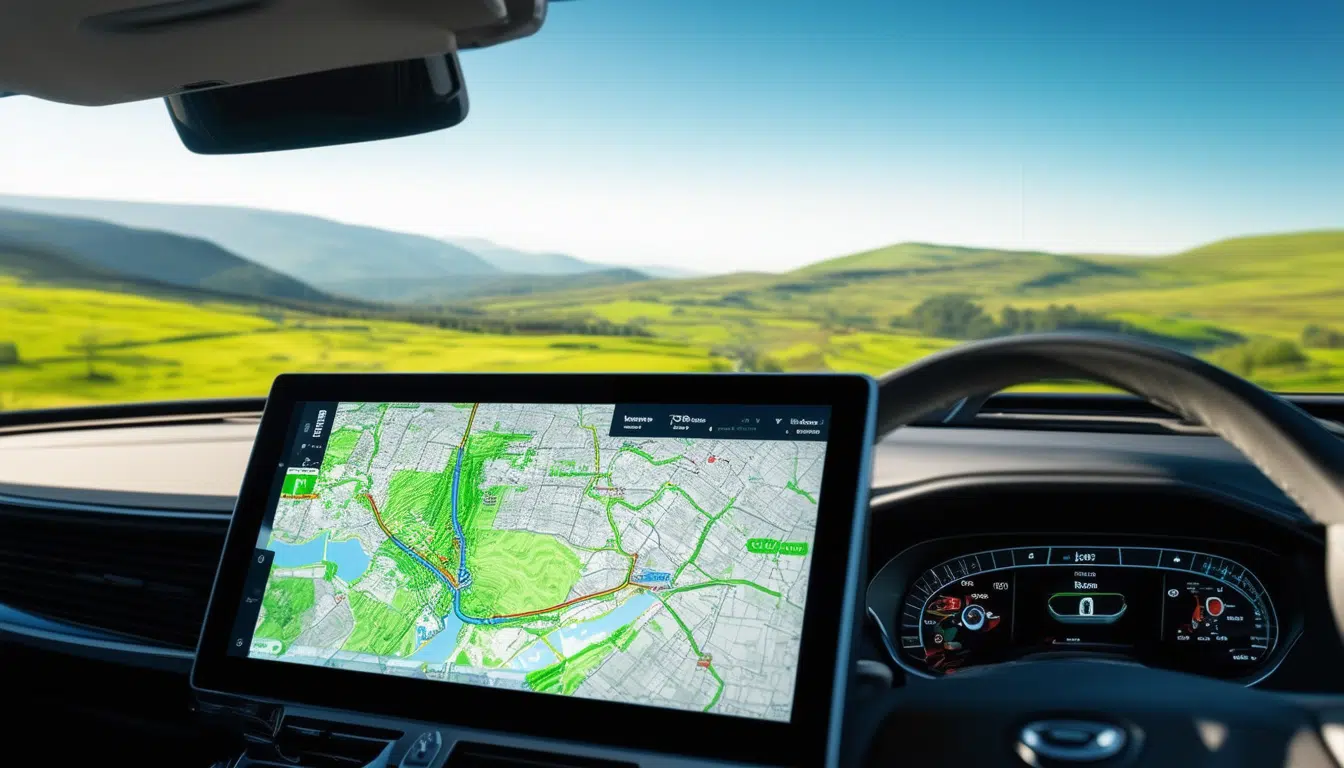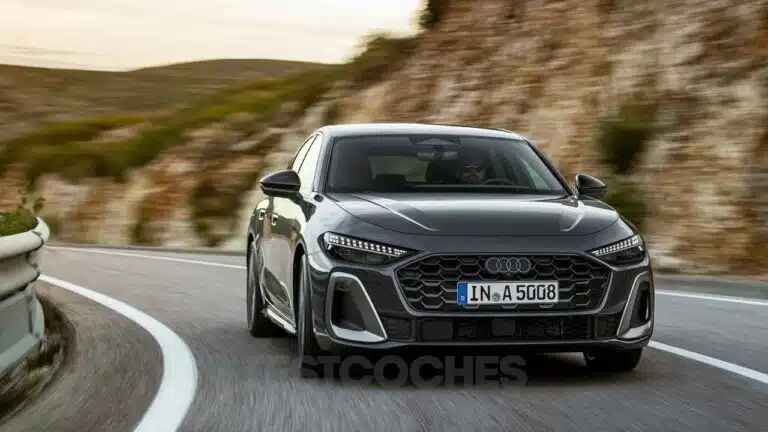Sailing systems that help save gasoline

Navigation systems have become essential tools for drivers looking to optimize their gasoline consumption. Thanks to the integration of technologies such as GPS and mobile applications, it is possible to plan more efficient routes that reduce travel time and fuel expenditure. These innovations not only facilitate driving but also promote eco-friendly practices and contribute to the reduction of carbon emissions, making each trip a more sustainable experience. As awareness of sustainability grows, adopting navigation systems that help save gasoline becomes an increasingly attractive option for motorists.
Currently, fuel efficiency is one of the greatest concerns for drivers and transportation companies. Navigation systems play a crucial role in optimizing routes and reducing gasoline costs. Through advanced technologies, these systems not only guide drivers but also provide valuable information that helps improve fuel efficiency. Below, we will explore how they work and what benefits they offer.
Benefits of GPS navigation systems
GPS navigation systems have evolved considerably in recent years, integrating features that help drivers save fuel. Primarily, they offer the possibility to plan shorter and less congested routes, which reduces travel time and gasoline consumption. Additionally, by avoiding unnecessary stops and starts in areas of heavy traffic, more efficient fuel usage is achieved.
Optimizing routes with smart technology
Smart navigation technology has the capability to analyze traffic in real-time and suggest alternatives that save gasoline. For example, Google Maps has introduced features that allow users to select eco-friendly routes, helping to reduce not only fuel expenditure but also carbon dioxide emissions. Activating these features can represent a significant shift in how daily trips are managed.
Strategies to optimize fuel usage
In addition to using navigation systems, there are several strategies that drivers can implement to maximize gasoline savings. Utilizing cruise control on highways helps maintain a constant speed, thereby reducing consumption. Similarly, avoiding sudden accelerations and maintaining a sustainable pace help improve vehicle performance.
Monitoring fuel consumption
Another important aspect is fuel monitoring. Advanced GPS systems allow for detailed tracking of each vehicle’s consumption. This information can help identify spending patterns and areas for improvement, favoring the implementation of more efficient practices. Collecting data on consumption enables drivers to adjust their driving style to be more economical.
Integration of sensors and technologies
The incorporation of fuel sensors in vehicles complements navigation systems by providing accurate measurements of fuel levels. This technology not only helps drivers maintain better control over their expenses but also reduces the risk of theft and fuel loss. With a well-integrated system, it is possible to optimize vehicle operation at all times.
Driving practices that favor savings
Implementing efficient driving practices is key to maximizing gasoline savings. This includes maintaining the correct tire pressure, performing regular vehicle maintenance, and eliminating excess weight. By combining these habits with the use of state-of-the-art navigation systems, significant reductions in fuel consumption can be achieved.
Conclusions on navigation and fuel savings
Navigation systems are essential tools for drivers looking to save on gasoline expenses. By integrating driving tips and technological tools like GPS, it is possible to achieve not only better fuel usage but also contribute to a more sustainable environment. For more information on how to optimize fuel consumption, you can consult these links: efficient driving strategies and practical tips to save.
Navigation systems have become essential tools for drivers looking to optimize their fuel consumption. By offering more efficient routes, these systems help not only reduce time on the road but also decrease gasoline spending, resulting in significant savings over the long term.
One of the most notable advantages of GPS systems is their ability to monitor the route and traffic in real-time. By adjusting the route according to traffic conditions, they avoid unnecessary stops and sudden accelerations, both of which are responsible for excessive fuel usage. This translates into smoother driving and less gasoline consumption.
Additionally, some applications such as Google Maps have included features that allow users to select eco-friendly routes. These routes are designed to minimize fuel usage, which represents not only an economic benefit but also a commitment to the environment.
Besides route planning, using devices with cruise control contributes to maintaining a constant speed, thereby avoiding unnecessary consumption from accelerations and braking. All of this is possible thanks to the integration of advanced technologies that allow for detailed tracking and analysis of fuel consumption on each trip.
On the other hand, using fuel sensors in combination with navigation systems can also alert drivers about potential thefts or leaks. This type of information is valuable for maintaining control over spending and ensuring responsible vehicle usage.
In summary, navigation systems offer efficient solutions that not only help drivers save gasoline but also promote more conscious and sustainable driving. With increasingly integrated and accessible technologies, the possibility of reducing costs and making a positive impact on the environment is within everyone’s reach.


